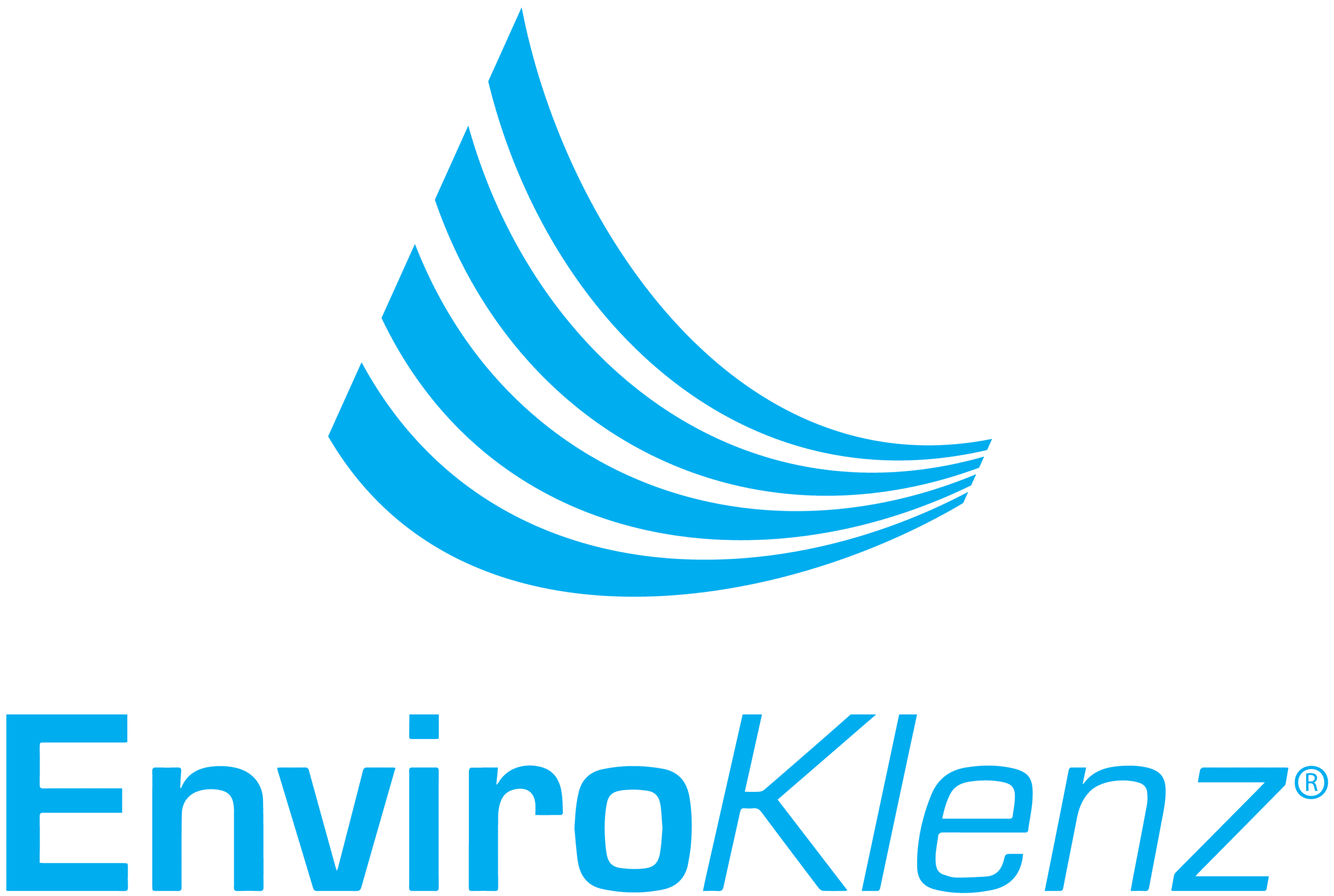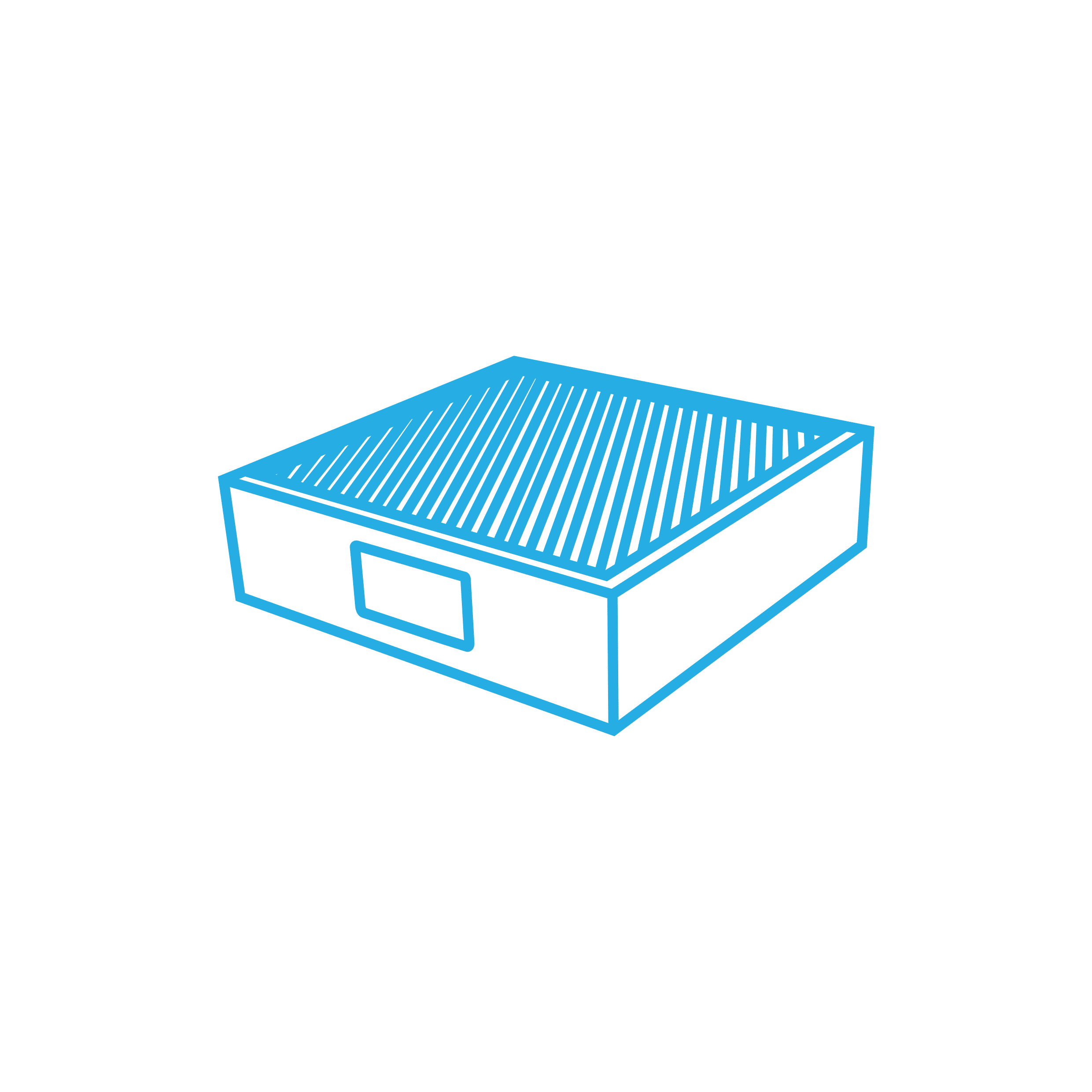Your Cleanest Air For
Asthma and Allergies

Mobile Air System
EnviroKlenz Versus Particulate Matter

The EnviroKlenz® Air System has the highest amount of particulate matter filter media with over 56 square feet, IQAir® has approximately 50 square feet, Blue Air® approximately 28 square feet, and the Molekule® particle filter has around 3 square feet of particulate filter media. The more square feet of particulate matter media results in a filter that can capture more particulate matter before needing to be changed.
The EnviroKlenz Mobile Air System is guaranteed to work against the smallest of allergens, as small as 0.3 microns in size. This system utilizes one of the best types of filtration for allergen substances, a hospital-grade HEPA Filter that is proven to keep your air as clean and pure as possible – especially from those harmful microscopic substances like allergens that float inside your air and eventually into your body.
Does Your Asthma/Allergy Symptoms Spike Inside Your Home?
There are more than 50 million people, in the United States alone, that suffer from nasal and respiratory allergies, and close to 24 million people in the U.S. that are plagued with asthmatic symptoms each year. An allergy is when your body’s immune system reacts to a foreign substance, called an allergen, that can provoke symptoms of either nasal allergies or respiratory asthma. Inside an indoor environment, there can be an accumulation of allergens that can inhabit this space and will significantly impact the health of those exposed to this mass quantity of allergens.
Avoiding allergens can be a nearly impossible task, however, by implementing effective mitigation solutions into your indoor environment it will help to minimize allergens and ultimately reduce asthma/allergy flares.
What Triggers Indoor Allergies/Asthma?
The human immune system controls exactly how your body defends foreign substances that come into contact inside your body. For instance, if you suffer from allergies, then your body and immune system will designate an allergen, such as dust mites, as an invader that your body must protect against. This will trigger your immune system to produce allergic antibodies called Immunoglobulin E (IgE), which travels to cells in your body that release chemicals that will cause an allergic reaction or flare.
Some individuals are hypersensitive to specific types of allergens, while others are aggravated by multiple forms of allergens found inside a home. Many homes contain a variety of animal and plant life that can contribute a major source of allergens present in this enclosed space.
The most common indoor allergens found in homes include::
- House Dust
- Pollen
- Fabrics
- Dust Mites
- Mold Spores
- Cockroaches
- Pet Dander
What Size are Allergens?
Allergens are relatively small substances that spark an allergic reaction and trigger asthma symptoms in many people. When airflow is occurring inside the environment the air will work by spreading the allergens throughout the confined indoor space. Ultimately, allergens vary in size and are measured in micrometers – which can mean the allergens could be very small within your air.

Health Issues from Allergen Exposure
Allergens can be inhaled, ingested, or enter through the skin, which can spark an allergic reaction or response within your body. The overall sensitivity to allergies varies from person to person and can range from minor irritation to anaphylaxis – a life threatening emergency. The severity of symptoms that an individual may experience can depend on the substance that you are exposed to and whether it will affect your airways, sinuses, and/or nasal passages.
The usual symptoms that will develop from indoor allergens includes the following:
- Itchy, stuffy nose
- Clear nasal discharge
- Sneezing
- Itchy, irritated eyes
- Cough
- Throat irritation
- Wheezing
- Tightness in chest
Is Indoor Allergy Control Possible?

Is it possible to be allergic to air? Thoroughly cleaning your indoor environment can significantly improve your indoor air quality and help to reduce potential allergy symptoms. The first step to take is to remove the source of as many allergens within the space as possible, especially those allergens that pique your sensitivities. The main areas to focus your attention would be the carpeting, overstuffed furniture, stuffed toys, bedding, and even your pets. Allergens can be present in high numbers on the surfaces inside your home, but this also runs the risk of these allergens, overtime, becoming released into the air and impacting the air quality inside this environment.
Once allergens have become airborne within the air of your personal indoor environment, it can become a daunting and time-extensive process to eliminate these allergens. A resourceful indoor allergy control method that is a highly effective solution to use inside an allergy contaminated environment is the use of an air purification device.
Benefits of Using an Air Purifier for Allergy/Asthma Relief
When buying an air purifier, we recommend that you first identify the primary concern within your indoor environment – whether it be allergies, asthma, mold, or even smoke. Air purifiers come in an array of different sizes, technologies, and capabilities – which makes it important to look for just the right specifications for your exact needs. When you are searching for an air purifier specifically for allergy/asthma relief, there are 3 main functions or capabilities to look for in this indoor allergy control solution.
These 3 functions/capabilities to look for in an air purifier for allergy/asthma relief include the following:
1. Portable
Allergens can travel far and wide inside your home, leaving all areas impacted and in need of air purification treatment. However, this can sometimes require multiple air purification systems to accomplish this wide-spread cleaning of your home’s air. Alternatively, if you purchase an air purification system that is portable, you will be able to save both time and money filtering the air in your home of allergens.

2. Square Foot Coverage
Another important factor to consider when purchasing an air purifier is the amount of sq. footage that it covers when at its highest setting. Each air purifier will range in the area that it is able to filter, from anywhere to 500 sq. ft. to over 1,000 sq. ft. The larger the area the purifier is able to cover the more air will be filtered and thus allergens removed from the indoor environment.

3. HEPA Filter
Dust mites, mold spores, pollen, and pet dander are small substances that float inside your air and are hard to detect by the human eye. Due to their small nature it is important to find an air purification device that is able to capture these tiny allergens from the air, in turn improving the overall air quality inside the environment. HEPA filters (High Efficiency Particulate Air) is a type of filter that is able to capture 99.97% of air contaminants, as small as 0.3 microns in size. These filters offer the protection and capability to trap and remove potential allergen triggers from your air to minimize allergic/asthmatic health reactions in those who are exposed.

EnviroKlenz Mobile Air System for Asthma and Allergies
If you are sick of combating stubborn allergens inside your home, you know the ones that ignite the flood of symptoms when you walk inside your indoor environment. Now may be the best time to finally look for a way to upgrade your air and flush out those pesky allergens that are taking your allergies/asthma on a wild rollercoaster.


No chemicals or masking agents used



Will not release any chemicals back into your environment
The Cleanest Air
Your Home Has Ever Had.
EnviroKlenz Mobile Air System
(Standard Model)
$699
EnviroKlenz Mobile Air System
(UV-C Model)
$799
